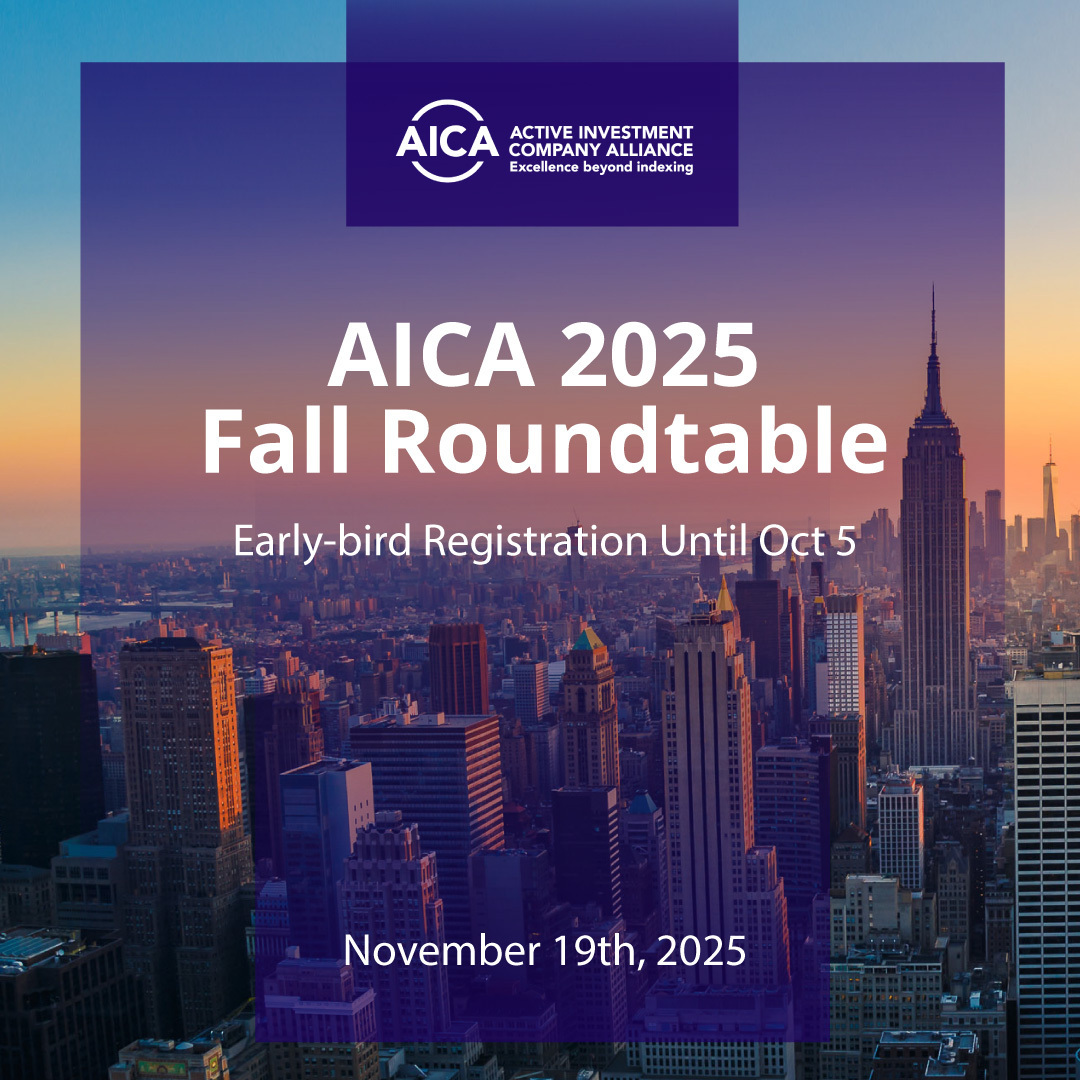Higher Yields Spur Strong Demand from Investors for Municipal CEFs
By Jennifer Banzaca
There has been an ongoing trend of new issuances in taxable municipal closed-end funds (CEFs), particularly from institutional and foreign investors as yields have been higher than other debt products.
Paul Brennan, a Senior Vice President and Portfolio Manager at Nuveen Investments Holdings, said during the Muni Bond CEF Investing panel at the Active Investment Company Alliance’s (AICAlliance.org)’s Summer Summit on August 13th, explained that his firm has received a number of mandates from various institutions, insurers and pension plans that are attracted to the high absolute yields.
“I think in a lot of cases they feel they can also hedge the currency risk, et cetera, and it provides better diversification and good income for their goals.”
As demand for municipal CEFs continues to rise, there has also been a simultaneous increase in issuance.
Brennan said the issuance surge is driven by the low level of rates that has caused a lot of compression between taxable yields and tax-exempt yields.
“There are some quirks in the tax reform that was passed a couple years ago that makes tax-exempt advance refunding not permitted anymore. So a lot of issuers are refinancing their old tax-exempt debt with taxable debt and it’s still an economic savings for them, so the supply has been there and the demand has been more than adequate to absorb that increased issuance,” Brennan explained.
Investors are generally attracted to muni CEFs because the yields are attractive on a tax-adjusted basis and offer improved portfolio returns, particularly when blended with other asset classes, while reducing risk.
Samuel Weitzman, Product Specialist at Western Asset Management noted “the taxable equivalent yield offered by munis often can be double the yield of the stated nominal yield of the municipal bond, depending on the client’s tax rate”.
“If you look at insurance companies and corporations, they like long-duration quality assets and this fits how municipal bonds are really structured. They also like the security characteristics of municipals given their long-duration and high quality nature as they seek to match their assets with their liabilities.”
Weitzman added that foreign investors are also attracted to the tax-exempt muni space as global yields are declining.
While yields may be higher compared to other assets, municipal CEFs are not without risk. Wietzman explained that state and local tax revenues have declined nearly 9% year over year, with income tax collection down over 20%. And while this has caused stress and austerity measures at the state and local levels, the industry will likely see more downgrades rather than defaults.
The most impacted areas of the market are concentrated in certain segments of the high yield municipal market, such as the assisted living sector, retail facilities that rely on in-person sales and land development deals.
Despite the headwinds, municipal CEFs have done well this year, with a very low-rate environment.
Brennan said that the Federal Reserve is driving much of the lower yields, as are the expectations for economic growth.
“Munis as a class have actually kind of displayed resilience and this is largely due to how municipal bonds are financed,” Brennan explained.
“It’s municipal infrastructure and it’s government. The government still has to operate and still has to provide services. And even when times are difficult those services are provided, they’re usually paid for or funded.”
Added Weitzman, “It’s pretty remarkable to think that in March we were sitting at a place where investment grade munis were down 10% and high-yield munis were down 20%, and now both are in positive territory year-to-date.”
Weitzman added that even in a bear case scenario or even a draconian scenario where munis default 10 times as frequently as they did after the last recession, muni default rates are still well below corporate default rates.
“We think that adds a lot to the technical picture of strong demand asset class. We’re operating in an environment where a supply of tax exempt muni assets is declining. Muni issuers are issuing more taxable debt and tax-exempt debt outstanding is either being refinanced or maturing and that creates a positive tailwind for the municipal market.”
And while there may be a concern about municipalities being able to repay their loans given the current environment with respect to COVID and the pandemic, it was noted that the majority of the traditional muni market is built to weather the budgetary challenges associated with the current pandemic.
“There are going to be some areas where you’re going to have more pain being felt by the borrower, but those are going to be more one-off situations, idiosyncratic situations, and generally already lower-rated or very weak credits prior to the pandemic. So, we don’t expect widespread defaults but we do expect a significant amount of downgrades that will occur, but not payment interruptions,” Brennan stated.
Disclosure: The opinions of the speakers / presenters are their own opinions and may not be the opinions of AICA. Listed closed-end funds and business development companies trade on exchanges at prices that may be above or below their NAVs. There is no guarantee that an investor can sell shares at a price greater than or equal to the purchase price, or that a CEF’s discount will narrow or be eliminated. Non-listed closed-end funds and business development companies do not offer investors daily liquidity but rather on a quarterly or semi-annual basis, often on a small percentage of share. CEFs often use leverage, which can increase a fund’s risk or volatility. The actual amount of distributions may vary with fund performance and other conditions. Past performance is no guarantee for future results.


